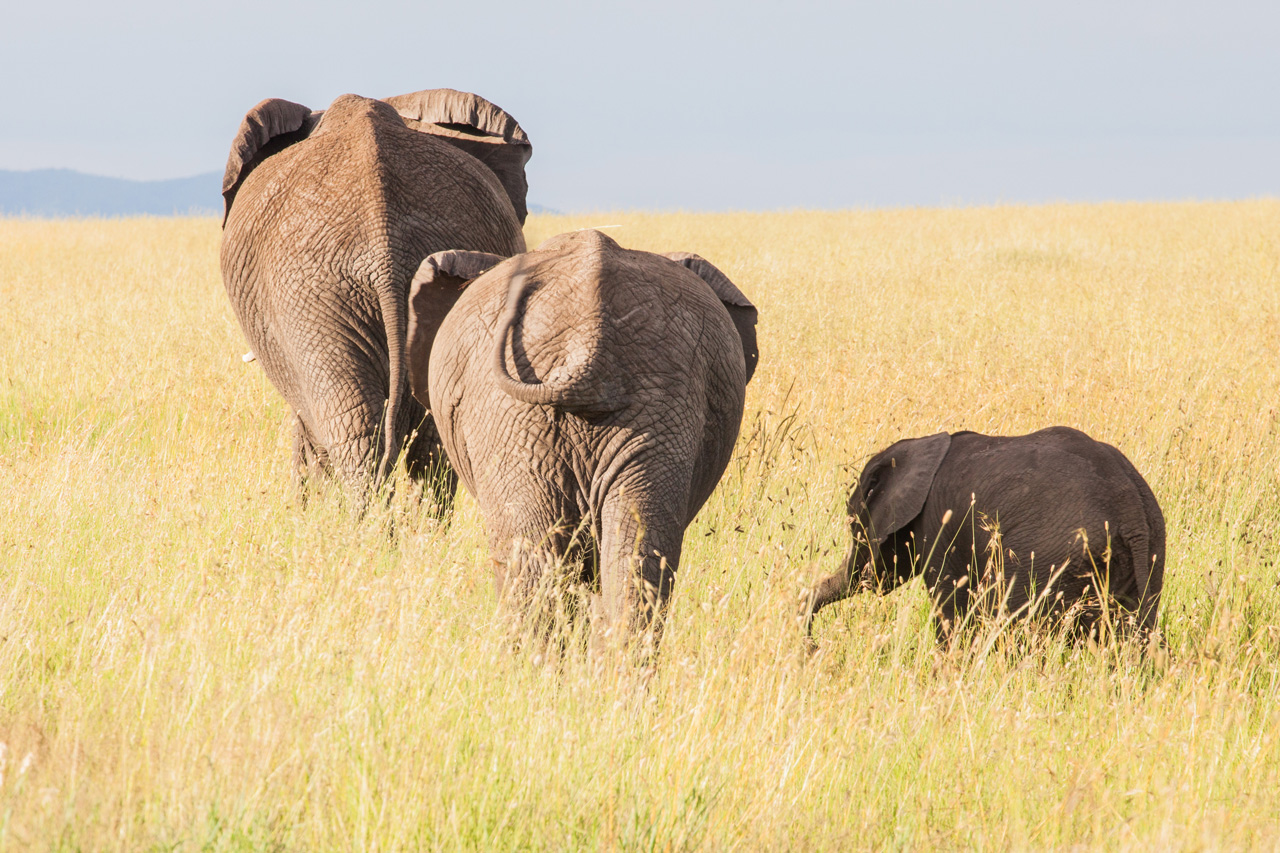Connekt
Initiatives to enhance community participation in sustainable conservation of the trans frontier ecosystem and wildlife

Ecosystems at risk in Northern Tanzania
We are promoting an integrated and participatory strategy to safeguard wildlife and rangelands across the Kilimanjaro region, spanning Tanzania and Kenya. The goal is to ensure better living conditions for local communities whose survival depends entirely on these natural resources. By actively involving local populations, civil society organizations, researchers, and institutions from both countries, the conservation of one of the world’s most biodiverse ecosystems becomes a shared and sustainable mission.
Greater Kilimanjaro – an area of 15,500 km2 which includes 16 protected areas – is home to more than one million mammals of 28 different species, that share the same territories with over 30,000 families of pastoralists, especially Maasai. The survival of the communities, as much as that of local wildlife, is based on rangeland’s health conditions and productivity, which has decreased by 30% in recent years.
In order to protect this precious ecosystem, seriously threatened by negative effects of climate change and extreme exploitation, we are working on several fronts.
In order to assure the conservation of one of the last migration routes of great mammals, a dialogue with local institutions is essential. The implementation of the national laws on wildlife protection and on protected species trade in the cross-border Greater Kilimanjaro area will be supported by a team of about 50 rangers, as many informers; participatory maps for soil use and shared conservation strategies, such as sustainable management plans for rangelands and migration areas, are ways to protect nature and local communities from land grabbing, that is the takeover of agricultural land by companies, governments or private sector subjects.
Giving sustainable economic alternatives to the populations and letting them be the main actors in the conservation process is the most effective way to turn the threats connected to environmental degradation to development opportunities. For this reason we trained 300 Maasai women on milk production and 40 on sustainable leather manufacturing, while other 40 people (women and youngsters) will be involved in touristic services management – on foot safari, cycling holidays and accommodation with families of the community. In this way local populations become main actors for the environmental conservation on which their well-being is dependent.
Reducing poaching and advancing effective conservation strategies is a core priority. Achieving this goal requires sustained investment in education and awareness-raising efforts, beginning with young generations. Citizen science initiatives, interactive theatre, and educational videos play a vital role in cultivating environmental stewardship. These efforts are reinforced through dialogue and cooperation among communities living in border regions, as well as the exchange of information and best practices between the authorities of both countries.
It is a huge joined effort between different cross-border actors, enhancing and investing in the potential everyone has for a common goal: protecting the environment and everything valuable it offers, in the interests of all living beings, institutions and the future of the two Countries.
Il progetto in numeri
180k
potabile in Tanzania
22k+
raccolti a Ibo, Mozambico
52k+
in Mozambico e Myanmar
11k+
di educazione nel mondo
200
di attività economiche
in Tz e Myanmar
1700
in Italia
1700
in Italia
52k+
in Mozambico e Myanmar
1700
in Italia

